
Knowing how to reduce humidity in a house during winter is the secret to helping prevent issues arising with condensation, mould and mildew.
There’s no denying that owning one of the best dehumidifiers is one of the most effective ways of reducing the moisture level in your home and lowering the humidity. However, if you’ve not yet made the purchase or need a little more help luckily there are other ways to achieve the same result.
From lowering your water usage to taking advantage of salt’s moisture-absorbing properties, there are a few other tips and tricks you can try out to keep the mould away and prevent condensation on your windows.
Here are the expert-approved methods of reducing humidity throughout your entire house, and an explanation of how and why they work.
How to reduce humidity in a home: 11 expert tips
"Keeping humidity levels low and steady is essential for preventing mould and dampness from forming in the home," says Nicholas Auckland, heating expert at Trade Radiators.
"A home with high humidity levels is much more prone to condensation, as well as the formation of damp spots and eventually black mould, which can negatively impact our health. Keeping humidity levels at bay is a great way to prevent this from happening and will prevent damage to both our homes and our health."
Here are 11 easy ways to reduce humidity in your house...
1. Run a dehumidifier

How a dehumidifier works by drawing in air and removing excess moisture content, helps to prevent mould and mildew growth in the home. this of course is the best method to employ to tackle condensation and humidity in the home.
"Select a model that is energy-efficient and appropriate for the size of the space you wish to dehumidify," advises Omar Idrissi, a heating and cooling expert and owner of ADK Kooling. "For optimal results, place it in the centre of the room.
Just be aware that there are running costs of a dehumidifier to consider of course, they are an investment when purchasing, which is why we recommend looking out for the best Black Friday dehumidifier deals to help save money.
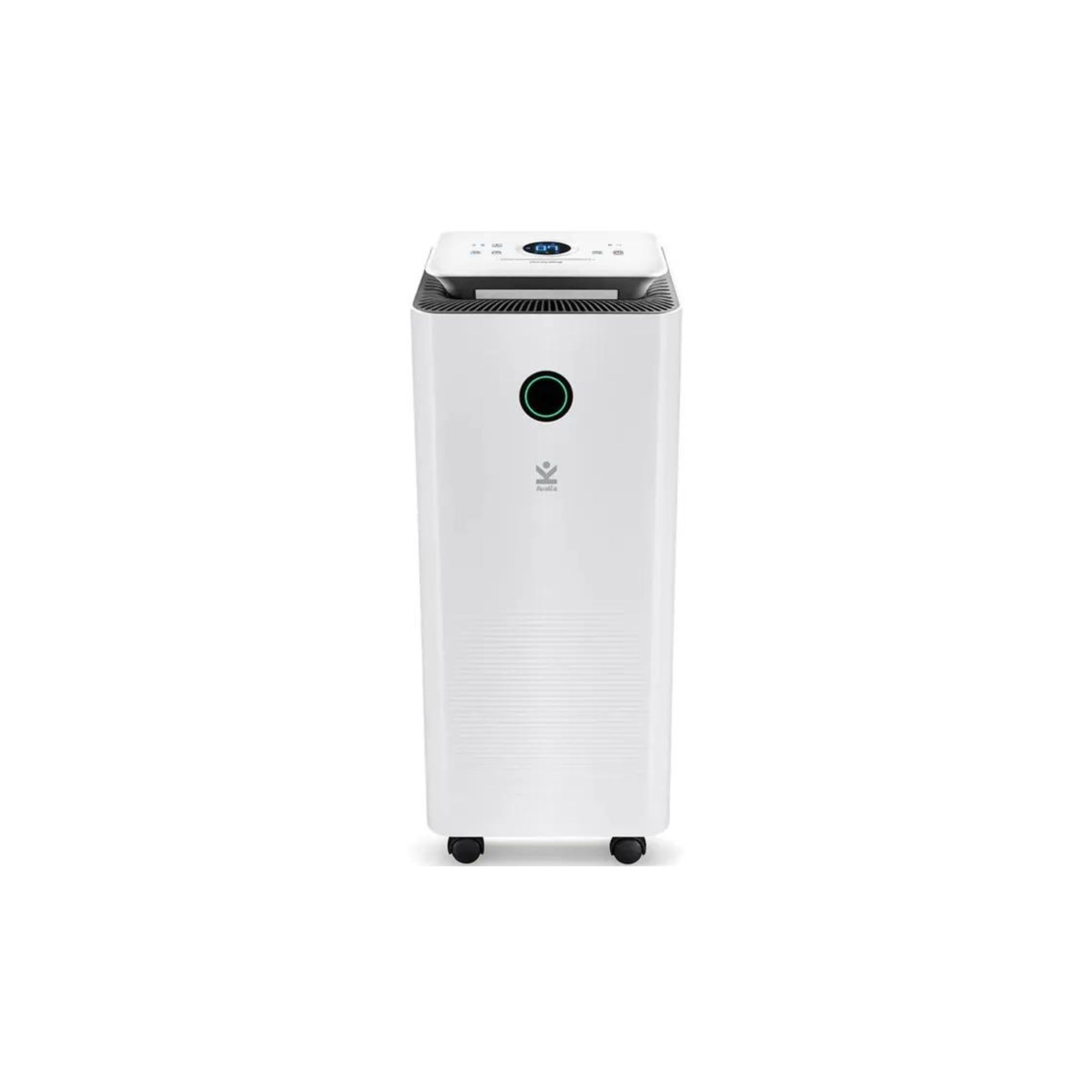
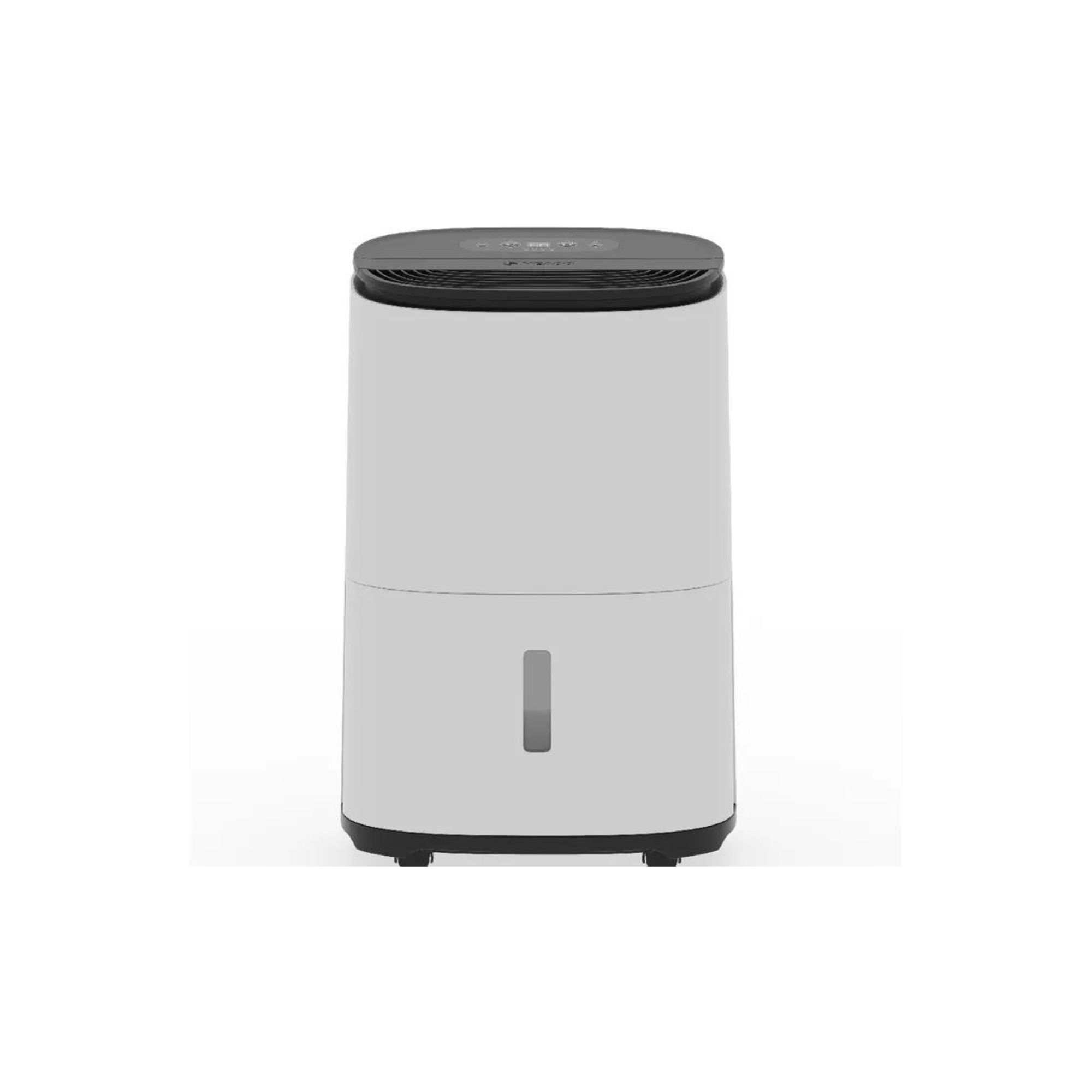
The MeacoDry Arete One is an all-around great dehumidifier. It's simple, easy to use, great for families with little ones, and quiet. It even has a laundry mode, handling your home's moisture and wet clothes.
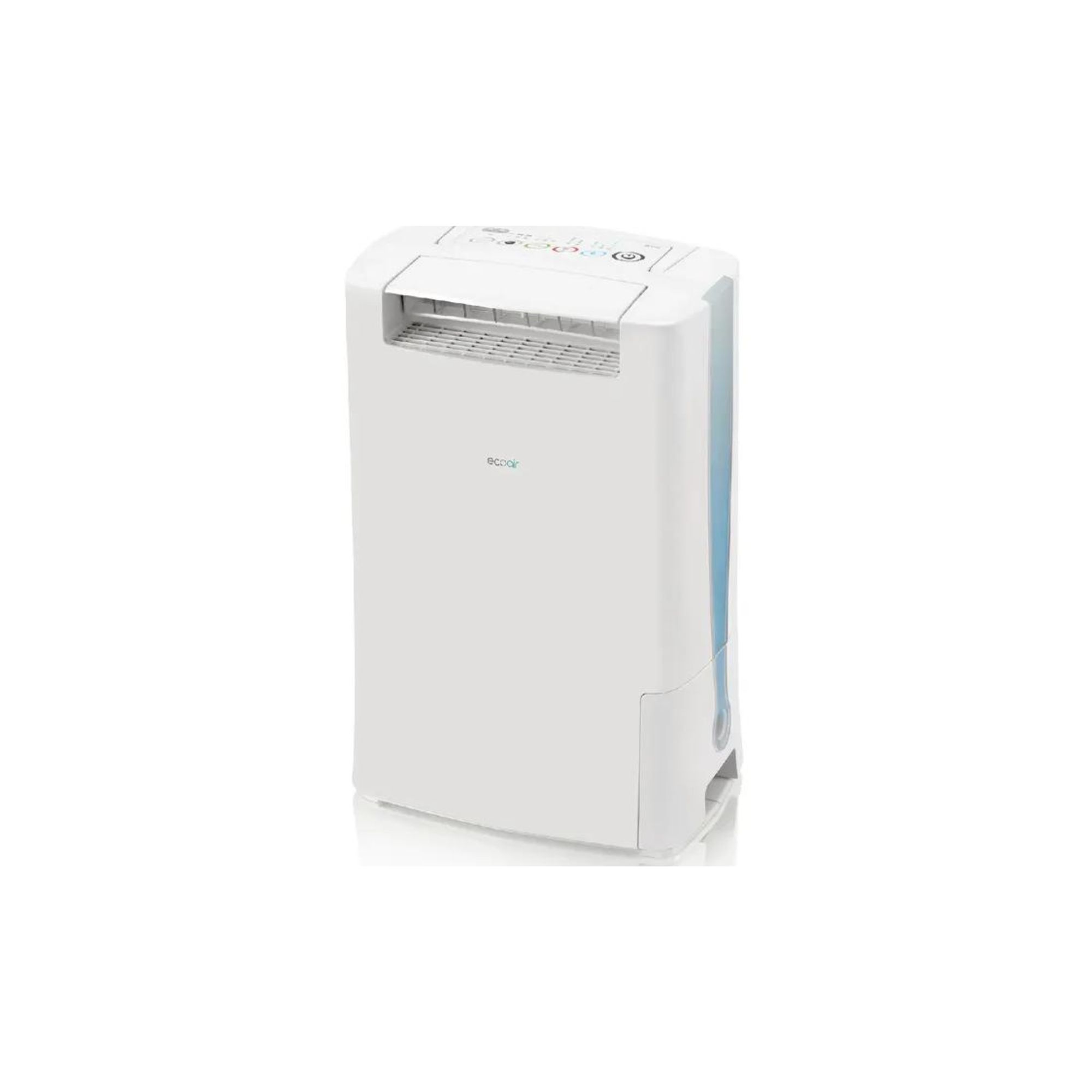
2. Use extractor fans
It may feel like an obvious one but it's good to use any extractor fans more than you would normally. While you may turn the bathroom fan on while showering and the kitchen fan while cooking it can be worth letting them run for a little longer to expel unwanted humidity.
"Ensuring the use of ventilation fans, particularly in high-humidity areas like bathrooms and kitchens, can significantly improve air circulation," says Leo Watts, an accomplished DIY and home improvement expert and head of content at CNCSourced. "This not only helps in reducing humidity but also ensures a fresher indoor environment, with improved indoor air quality."
"For homes where humidity is a consistent challenge, a more robust solution like a whole-house ventilation system might be worth considering. Such systems provide comprehensive air circulation, ensuring every nook and cranny of your home remains moisture-free."
3. Cook with pan lids on

When using your best stainless steel pans or best-selling induction pans it's advisable to keep the lids on to keep steam contained, therefore reducing the evaporating water from becoming airborne.
"When cooking food on the hob pans can produce a large amount of water vapour, combat this by placing a lid on top of your pots," says Peter Clayton, a heating and plumbing expert from Trade Plumbing. "Not only can this save energy by allowing hobs to be placed on a lower heat, but it will trap steam and prevent unnecessary humidity in your kitchen".
Where possible you can eradicate the source of water by choosing to cook meals in the oven or better still use an air fryer, because there are so many things you can cook in an air fryer.
4. Open windows with frequency

It may be cold outside but maintaining good ventilation in all rooms is a natural yet crucial method to counteract humidity, ensuring the levels don't build up with nowhere to go.
"A good ventilation system is one of the best methods to lower humidity," explains Omar. "When the outside air is dryer than the inside air, open the windows and doors."
"To ventilate your home regularly we recommend opening windows and doors for at least 10 minutes a day," suggests Nicholas Donnithorne, UK technical manager at Peter Cox, the UK's leading damp and mould specialists.
"Especially after cooking or showering. Even better, use the trickle vents on windows or keep a quarter light open for background ventilation."
This will also help with the morning confusion of why your windows are covered with condensation on the inside.
5. Avoid drying clothes on radiators
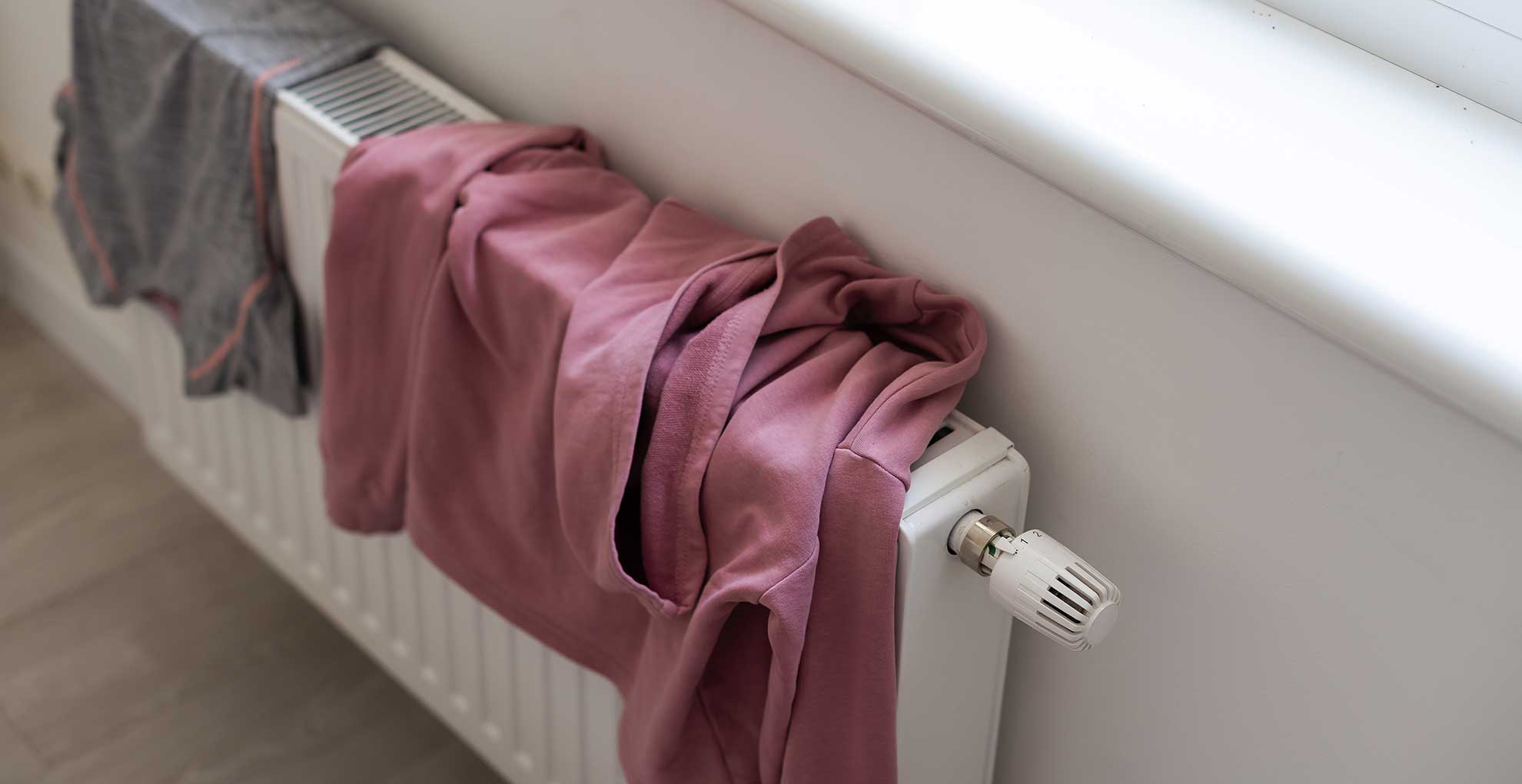
When drying clothes indoors it's important to limit the amount of excess moisture you are adding to the room. An extra spin after washing will help with that task but it's also about how you dry that is crucial to reducing the moisture levels. Avoiding using your clean radiators as a drying space is one thing to remember.
Avoid drying clothes on radiators as this blocks the heat and prevents the air from circulating," says Nicholas Donnithorne, explaining why it's considered a huge laundry drying mistake. " It also releases large amounts of water vapour into the home as the clothes dry, which can lead to condensation. Dry clothes outside whenever possible, though if you must dry clothes indoors, use a drying rack or clothes airer in a well-ventilated room."
Using one of the best heated clothes airers is a good way to speed up the process but ensure you are drying in a well-ventilated room to avoid heat building up. Using a dehumidifier is good for drying clothes by removing excess moisture.
6. Reduce shower times and temperatures
While it can be tempting to stand under a hot shower for prolonged periods during the colder months, it is a surefire way to increase the humidity levels in your house.
"Reduce the temperature of your showers, as well as how long you shower for," suggests Nicholas Auckland. "The shower is the main humidity-creating appliance in the bathroom, and once you've showered you'll often find that your bathroom is incredibly humid and there's condensation on the windows and mirrors."
"This is more likely in the winter as condensation is formed when hot air touches cold surfaces (such as your mirrors and windows)."
"To prevent how much humidity is being created, I recommend turning your shower down a bit (if you can stand it) and showering for a shorter length of time. This will reduce how much hot, moisture-laden air is created and therefore prevent excess humidity from becoming a major problem in your bathroom."
If you or someone in your home frequently enjoys long showers we'd also recommend buying a dehumidifier designed for bathrooms. Having some extra back-up with help reduce the risk of mould build-up and damaging your grout.
7. Welcome indoor plants

Houseplants are not only great for adopting the Biophilic trend, a hugely popular interior design trend in recent years that welcomes nature to enhance our indoor environments, but certain plants can help with condensation.
Certain houseplants, such as Boston ferns and Snake plants, are said to aid in absorbing excess moisture in the air. Just be mindful not to water them too much, since this might increase the humidity levels in the room.
8. Put out salt, rice or baking soda
Look no further than your organised pantry to provide key drying ingredients that can all help to heat humidity. These are salt, rice and baking soda – all especially useful in smaller spaces like cupboards or closets to prevent mould in wardrobes.
"Place small bowls filled with rock salt around your home, particularly in high-humidity areas," suggests Ollie Creevy, managing director and co-founder of Insulation Advisor UK. "The salt will absorb moisture from the air, helping to reduce humidity levels."
Nicholas also suggests how to use rice: "Fill a long sock with uncooked rice and tie the end securely. Place these rice-filled socks in closets or other enclosed spaces where humidity tends to be a problem. The rice will absorb excess moisture."
"Much like rice, baking soda can absorb moisture. Leave an open box of baking soda in your closet or pantry to help reduce humidity." Thanks to the benefits of cleaning with baking soda it can also help to eliminate any damp odours, as well as acting like a homemade dehumidifier bag.
9. Avoid overcrowding rooms
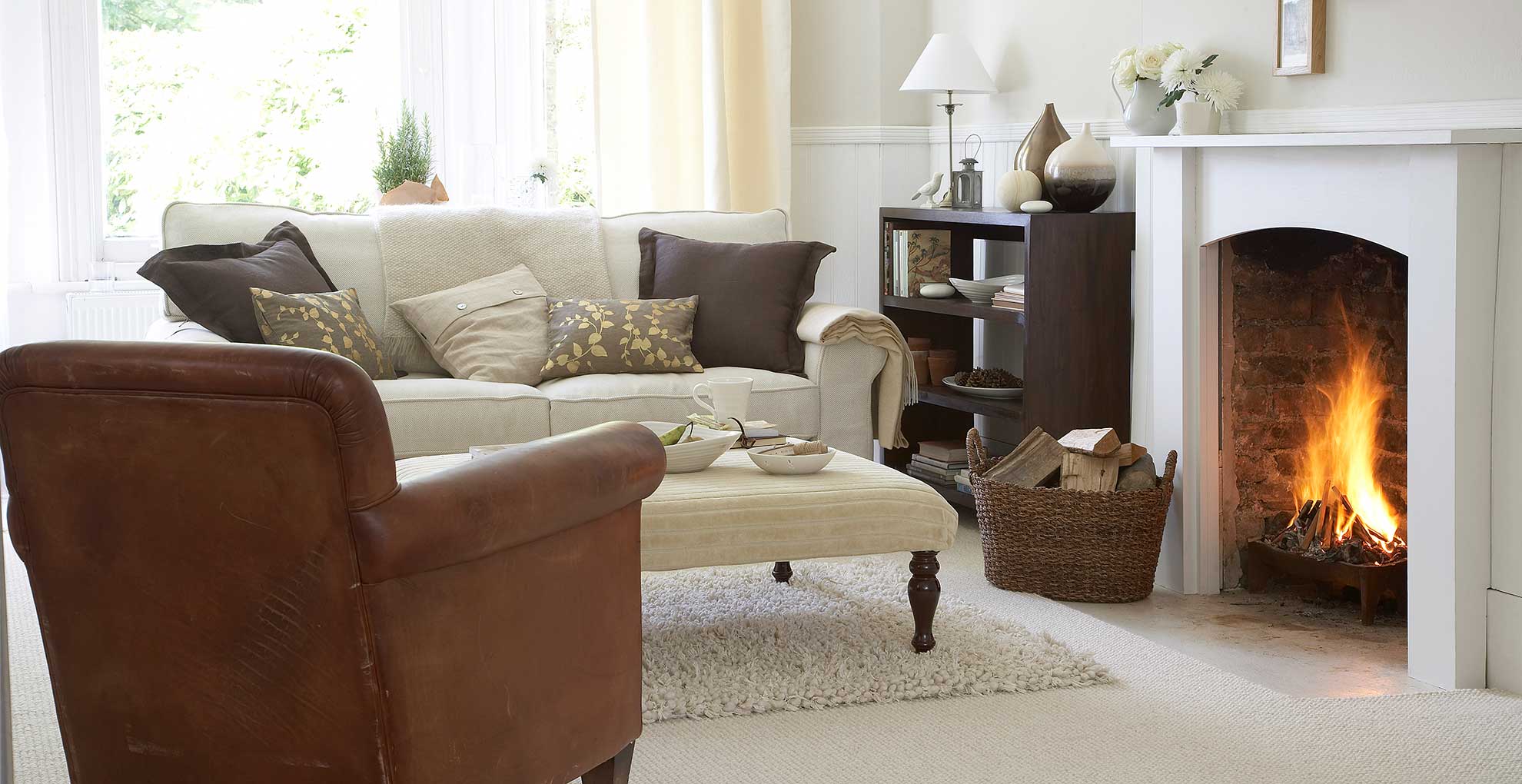
It seems there's nothing that can't be improved by decluttering your home, be it making your house look more expensive on a budget or trying to reduce humidity.
"Moisture can be trapped in crowded rooms that are overstuffed with furniture and other items, preventing airflow," Omar explains. "To improve airflow, move and declutter your furniture." This also helps to make a small room look bigger, which is an added benefit.
10. Seal any potential leaks
Fixing any leaks or cracks is not only a good idea to keep spiders out of your house it's also essential for maintaining the ideal atmosphere indoors. Even the smallest of cracks can allow moisture to enter your home, which can then lead to dampness and condensation due to unbalanced humidity levels.
"Examine your home's foundation, windows, and doors for any gaps or cracks," says Omar "Pipe leaks should be fixed right away. You can keep outside humidity out of your house with proper sealing."
11. Keep your home cool
While keeping your house warm in winter feels like the aim, the experts say that keeping a more even temperature is best to reduce humidity in the house – not too hot, not too cold. Turns out an air conditioner vs a dehumidifier can help to balance humidity.
"Reduce the temperature in your house by using the air conditioner," suggests Omar. "Lower humidity levels are a result of cooler air's reduced capacity to store moisture. For optimum efficiency, make sure your HVAC system is maintained correctly."
FAQ
Does opening a window reduce humidity?
Opening windows can help to reduce humidity in a house because it ensures your home is well-ventilated. "Ventilation is a great way to remove excess humid, damp air, so make sure that you always have your window vents open at least.
"I also recommend opening your bathroom window wide for a relatively short period after you've showered/bathed, as this helps remove the humid air created by the shower quickly and effectively," says Nicholas Auckland. "You could also open your kitchen windows once you've finished cooking to do the same, as well as remove any lingering cooking smells." This is also an easy way to make your kitchen smell good at all times.
Does putting heating on reduce humidity?
It can be difficult to know what level of humidity is right for your home and what it should be consistently at. "Your home should have a humidity level of around 50% (the perfect number is between 40% and 60%)," explains Nicholas. "So anything higher than this could be a cause of concern when it comes to the growth of mould and general dampness."
This means that 80% is certainly way too high for your home and could be putting you at a high risk of mould growth and damaging condensation.
Nicholas says, "In my opinion, yes, 80% humidity is too high. I recommend having your home's humidity levels between 40% and 60%. A good dehumidifier will be able to tell you what percentage your home's humidity is at, and you'll be able to set it so that it is constantly working to reach humidity levels of 40% to 60%."
Is 80% humidity too high for a house?
When it comes to winter you're probably concerned with using energy-saving tips to lower your heating bills, so keeping your radiators on for too long may not be an option. Aside from that, there's the issue of if your heating can actually lower your home's humidity.
Nicholas says, "Putting the heating on does help reduce the humidity feel of a home, but reducing the actual humidity still depends on a couple of other factors as turning the heating up won't actually remove moisture from the air, it'll just help to disperse it."
"When you heat up your home and therefore the air within your home, the air can hold more moisture effectively. This means that the relative humidity is lowered. However, this is only dispersing the moist air and not actually removing it, so you'll still need ventilation or a dehumidifier to effectively lower the actual humidity levels," he adds.
Hopefully, our expert's advice can ensure less humidity in your house this winter, but they are of course only methods to help reduce normal levels of humidity, as stated above. If problems persist you might need to seek professional help with damp-proofing solutions.







